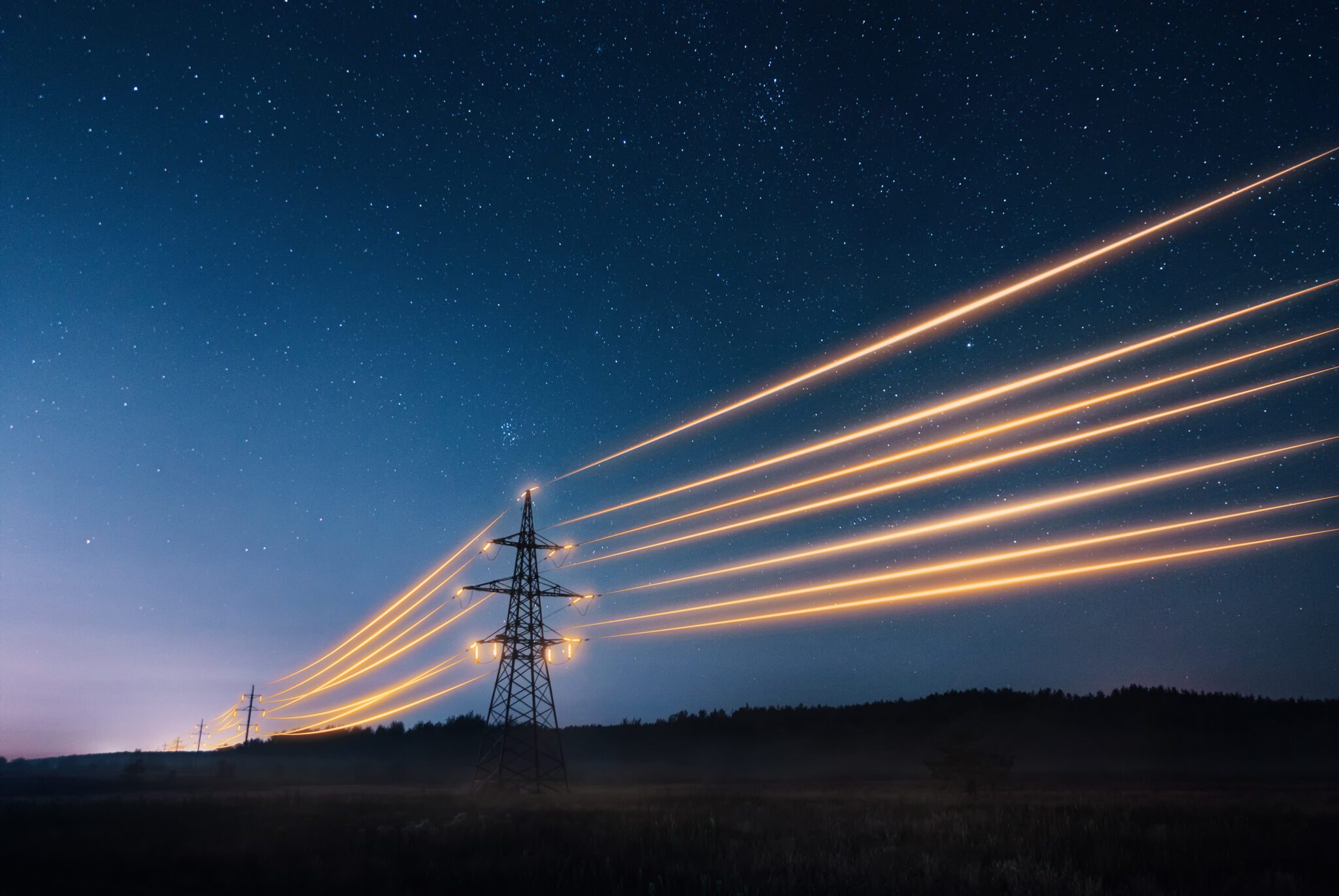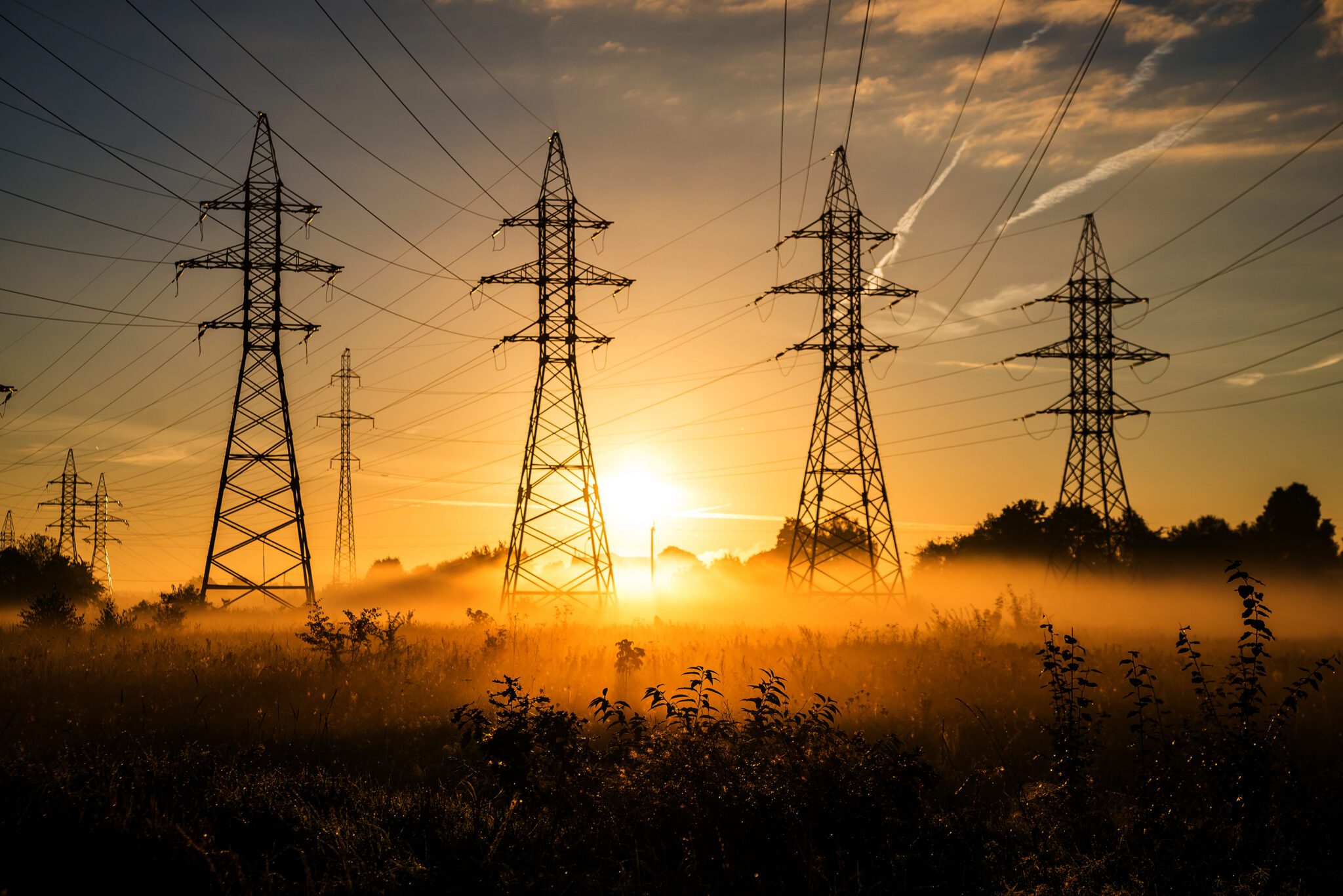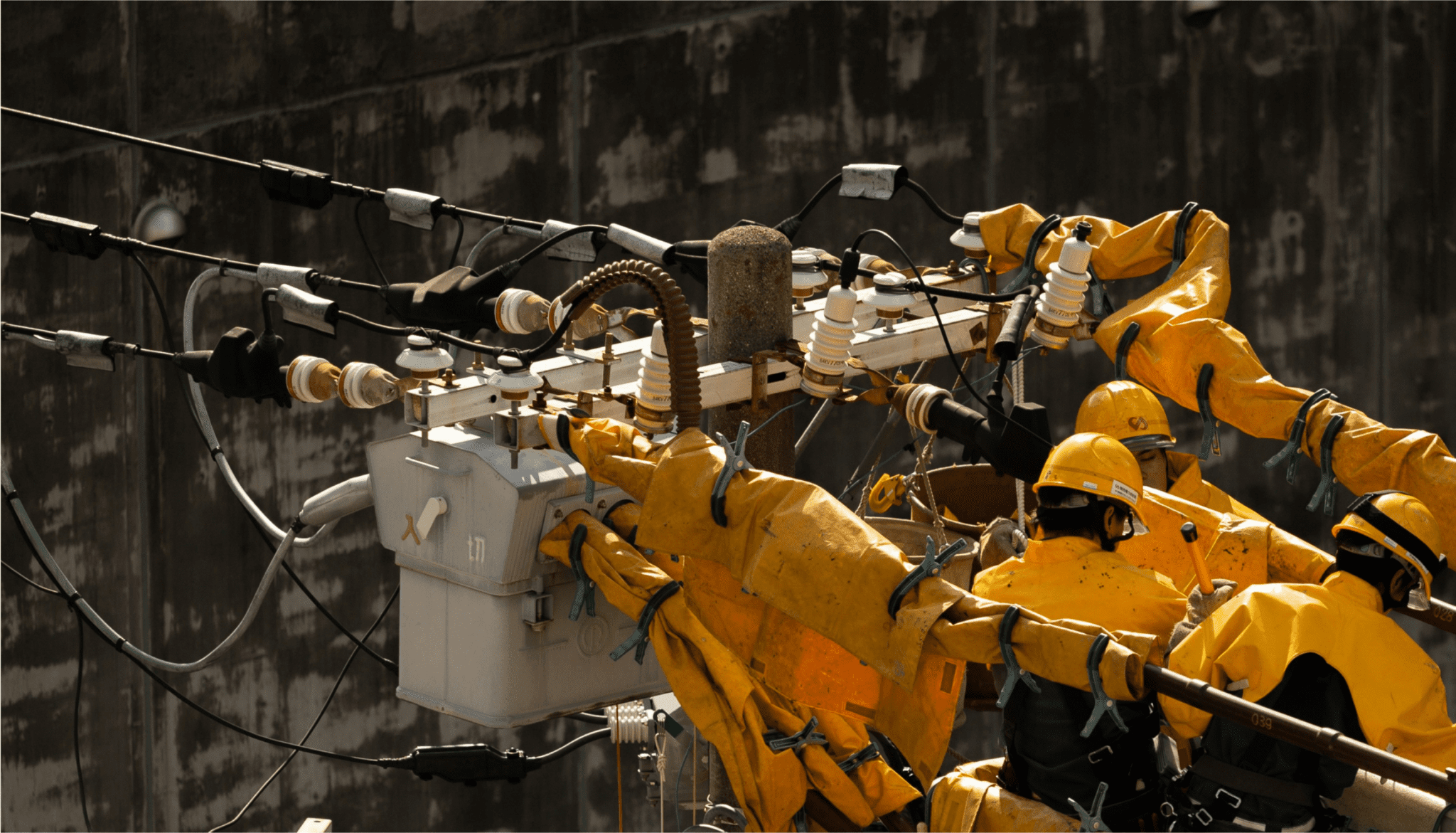This article is the second in a series of posts on why America must upgrade its power grid if we want to meet our 2050 climate goals. Other articles in the series that explain why transmission is key to unlocking a future powered by affordable and abundant clean energy can be found below:
By ensuring a minimum transmission capacity across planning regions, we would not only have more reliable and resilient power grids, but we would also see an increase in economic development, more job creation, and lower electricity prices.
Extreme weather intensified by climate change has brought the vulnerabilities of the US electric grid front and center to the American public over the last several years. Winter Storm Uri in February 2021 exposed Texans to record cold temperatures, resulting in 246 deaths, millions without power, and $295 billion in damage. The following year, Winter Storm Elliot led to more than seven million power outages across the country. This isn’t just a winter storm problem. The number of annual blackouts has more than doubled between 2015 and 2020, most occurring during increasingly frequent and deadly summer heat waves.
When these extreme weather moments happen, a surge of electricity demand comes from people and businesses who are trying to heat or cool their homes, charge their cars, and power their businesses. The outcome? Loss of life, blackouts, skyrocketing electricity costs, and severe disruption to daily and economic activities.
The problem, and solution, is our grid. To prevent these dire scenarios, we must invest in grid resilience and reliability through an idea that is quickly gathering support from the federal to the regional and state level: ensuring grids in different regions have a minimum level of electricity that can be transferred back and forth between regions, also known as a minimum transfer capability requirement.
How does the current grid system work?
First, let’s take a step back and understand how the current grid system works. At the most basic level, the power grid is the system that sends electricity to consumers through transmission and distribution lines. In the United States, the grid system consists of three main interconnections: the Eastern Interconnection, the Western Interconnection, and The Electric Reliability Council of Texas. These interconnections are only connected via a few transfer stations and operate independently to power the regions they’re responsible for. They are physical limits for the bulk transfer of power.
[caption id="attachment_4196" align="alignnone" width="657"]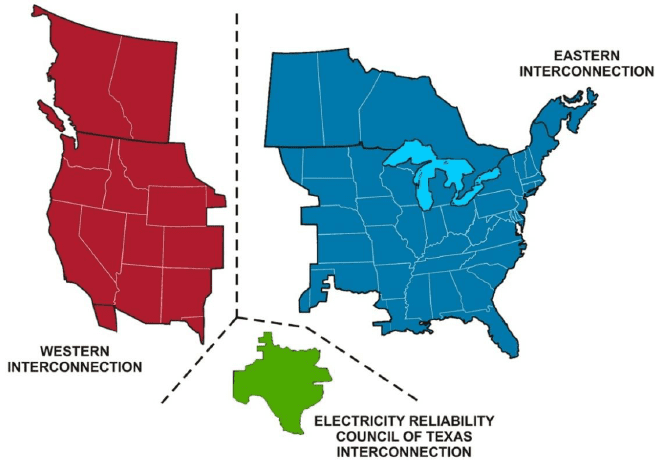 Map of the North American electricity interconnections from the report, "Addressing the Peak Power Problem Through Thermal Energy Storage"[/caption]
Map of the North American electricity interconnections from the report, "Addressing the Peak Power Problem Through Thermal Energy Storage"[/caption]
Within these interconnections are regions established by the Federal Energy Regulatory Commission (FERC) to facilitate coordinated planning and development of the country's electric transmission system. These regions are responsible for identifying transmission needs, evaluating potential solutions, and promoting the cost-effective and reliable operation of the transmission grid.
[caption id="attachment_4198" align="alignnone" width="826"]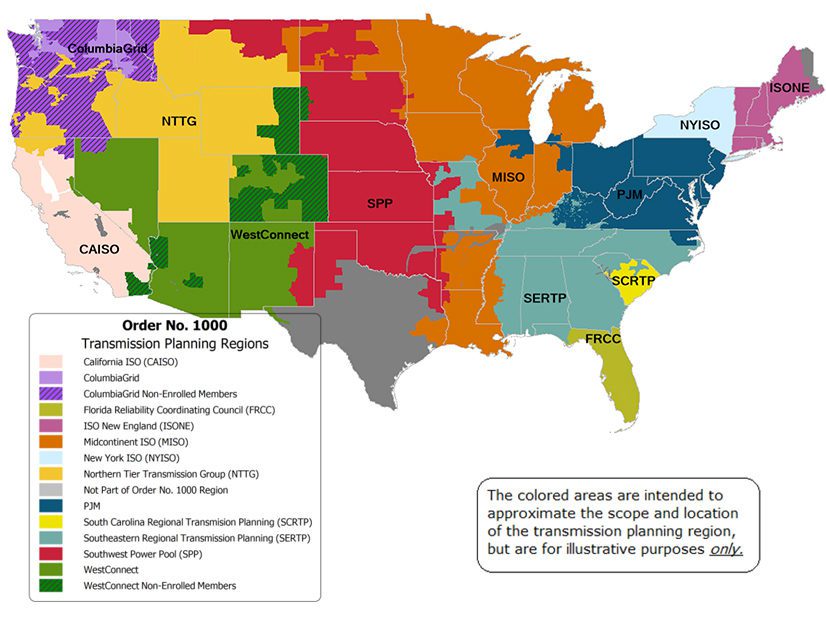 Map of the transmission planning regions. Source: RTO Insider[/caption]
Map of the transmission planning regions. Source: RTO Insider[/caption]
With the exception of the regions on either side of an interconnection boundary, these regions do have connections with their neighbors, but they plan most new transmission based on meeting the needs within the regions. Currently, there is no such rule that says a minimum amount of transmission capacity must be available to transfer electricity between regions, whether in normal or extreme circumstances. This leads to individual regions planning their grids without taking into account the needs of neighboring regions, leading to transmission bottlenecks and congestion during severe weather events. In most places, the percentage of transmission that crossed into another region is well below 10%.

Many regions have very low levels of interregional transfer capacity (seen here as red arrows) making them vulnerable when extreme weather hits. Source: Niskanen Center
To put it more concretely, when extreme weather hits one region and the electricity supply within that region is not able to keep up with increased demand, that region can only import the amount of electricity available from other regions based on the existing transfer capacity. For example, during Winter Storm Uri, Texas was only able to import 1.3 gigawatts of power from the Eastern Interconnection even though it was short over 15 gigawatts, leading to near system failure. However, the MISO and SPP grid regions were able to import around 13 gigawatts from the rest of the Eastern Interconnection and largely avoided the same grid failures. During Winter Storm Elliot, utilities in the Southeast pulled over 6 gigawatts of power from the rest of the Eastern Interconnection and still had rolling blackouts across the regions due to a lack of power.
Solution: transferring electricity across regions
It seems so simple, but what if there was a way to transfer more electricity from regions not experiencing extreme weather to places that need it? This is where a minimum transfer capability requirement comes in. By ensuring a minimum transmission capacity across the FERC planning regions, we would not only have more reliable and resilient power grids, but we would also see an increase in economic development, more job creation, and lower electricity prices.
The solution is making the grid bigger than the weather
A recent report from Grid Strategies and ACORE on Winter Storm Elliot finds that in “some areas modest investments in interregional transmission capacity would have yielded nearly $100 million in benefits during the 5-day event, while most areas could have saved tens of millions of dollars.” Additionally, another report from LBNL finds that beyond extreme weather events, the, “value of additional U.S. transmission capacity in 2022 was higher than in any year over the prior decade (2012-2021). That means more transmission could have reduced power system costs last year by an amount greater than in any of the previous 10 years.”
It’s also worth noting a minimum transfer capability requirement would enable the deployment of more renewable energy from where it’s plentiful to where demand is high, which will further our transition to a cleaner economy.
FERC is considering how it could develop such a rule and held a technical conference on the issue last December, which as several conference participants noted in addition to the benefits above, has the added benefit of nudging regions to work and plan together for the first time. Notably, if FERC were to consider such a rule, it would benefit daily energy use across regions, not just serve as a lifeline during extreme weather events. To diversify our nation’s clean energy mix while creating a more sustainable grid, we must prioritize interregional transmission in the U.S. By implementing a minimum transfer capability requirement, the US could take a significant step towards achieving these goals and ensuring a more reliable, resilient, and sustainable grid.

